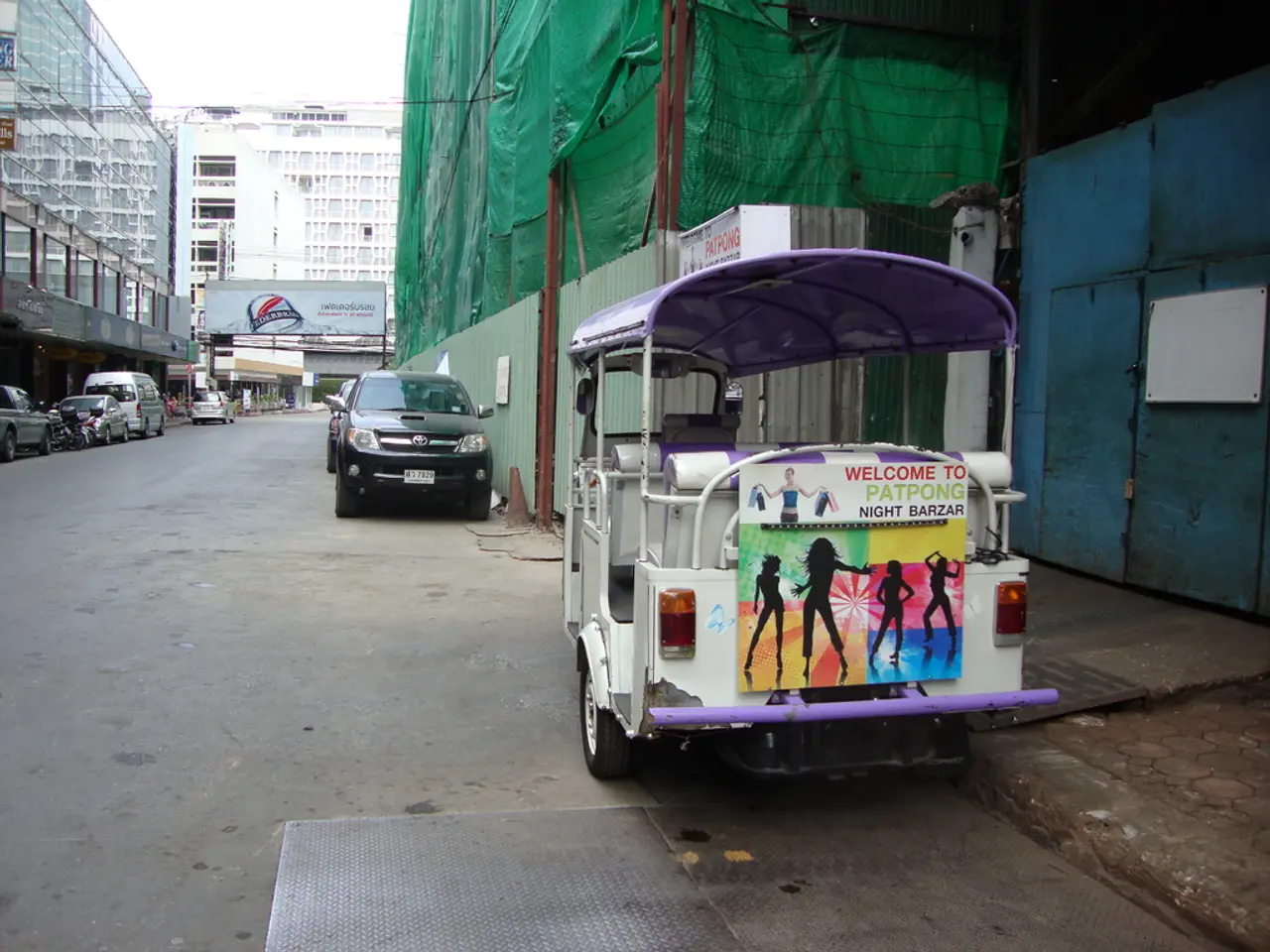Tourism recovery from China looking uncertain; Thai tourism authority aims for 2026 levels to match those of 2024
Thailand is navigating a challenging landscape as it seeks to revive its Chinese tourism market, which has been impacted by a variety of factors. The Tourism Authority of Thailand (TAT) is working diligently to stimulate the market and attract visitors, aiming to reach pre-pandemic levels in the coming years.
Challenges Facing Chinese Tourism Recovery
The recovery of Chinese tourism to Thailand in 2025 is being significantly impacted by several factors. Economic uncertainty in China, tighter discretionary spending, political and trade tensions, competition from other regional destinations, and negative perceptions among Thais towards Chinese visitors are all contributing to the slowdown.
China’s economic slowdown, property market weakness, and rising youth unemployment have decreased disposable income and outbound travel spending. Regional security issues and deteriorating diplomatic relations have cooled Chinese travel appetite to Thailand. Growing resentment in Thailand toward Chinese tourists, amplified by social media, has made Chinese visitors feel less welcome. China is promoting domestic travel, and countries like Japan and Vietnam are increasingly preferred by Chinese tourists. The 2025 Thai-Cambodian border conflict has also negatively impacted tourism sentiment.
TAT’s Efforts to Stimulate Chinese Tourism
In response to these challenges, the TAT is implementing several strategies to stimulate the market. The implementation of a planned 300 THB tourism entry fee has been delayed until mid-2026 to encourage arrivals. TAT is subsidising charter flights from China, expected to attract 150,000 tourists and multiply traffic by five times in 2026. Subsidies for business and conference tourism aim to bring an additional 75,000 Chinese visitors, leveraging events like the Amway and World Bank meetings hosted in Thailand in 2026.
The TAT is also focusing on easier entry procedures, with the implementation of a digital visa-on-arrival system to simplify entry and encourage independent travelers. Funding under Thailand’s economic stimulus package supports tourism initiatives to build momentum for recovery in late 2025 and 2026.
Projections and Outlook
Chinese arrivals in 2025 are expected to fall to around 5-6 million, less than 60% of pre-pandemic peak levels of 10-11 million in 2019. TAT targets a rebound to approximately 6.9 million Chinese visitors in 2026, supported by subsidies and event-driven promotion. Full recovery to 2019 levels is unlikely before late 2026, with a slow gradual recovery anticipated.
Looking Ahead
CAAT hopes Chinese arrivals will pick up during the high season at the end of the year and is focusing on attracting more high-spending travellers from China. The TAT, in partnership with the Association of Thai Travel Agents (ATTA), is leading more than 50 Thai operators to participate in the TAT & ATTA Road Show 2025 in three high-potential Chinese cities - Chongqing, Lanzhou, and Hangzhou. Efforts also extend to government-to-government (G2G) engagement and people-to-people (P2P) understanding through two-way tourism and cultural exchanges. TAT will prioritise routes connecting secondary Chinese cities with secondary Thai destinations, such as Chiang Rai or U-Tapao.
In summary, the Chinese tourism market to Thailand is currently constrained by economic, political, and social challenges, but targeted government and TAT initiatives focusing on charter flights, MICE events, easier entry procedures, and economic stimulus aim to revive visitor numbers substantially by 2026.
- Business travelers are being targeted to boost Chinese tourism, with subsidies offered for conferences and events like the Amway and World Bank meetings in Thailand in 2026.
- In the realms of culture and diplomacy, the Thai government is also focusing on two-way tourism and cultural exchanges to improve people-to-people understanding between Thailand and China.
- Aside from traditional tourism destinations, efforts are being made to connect secondary Chinese cities with secondary Thai cities, such as Chiang Rai or U-Tapao, to encourage travel to less popular destinations.
- The casino-and-gambling industry might see an upswing with the anticipated increase in high-spending Chinese travelers, as the TAT aims to attract a greater number of Chinese tourists during the high season towards the end of the year.




